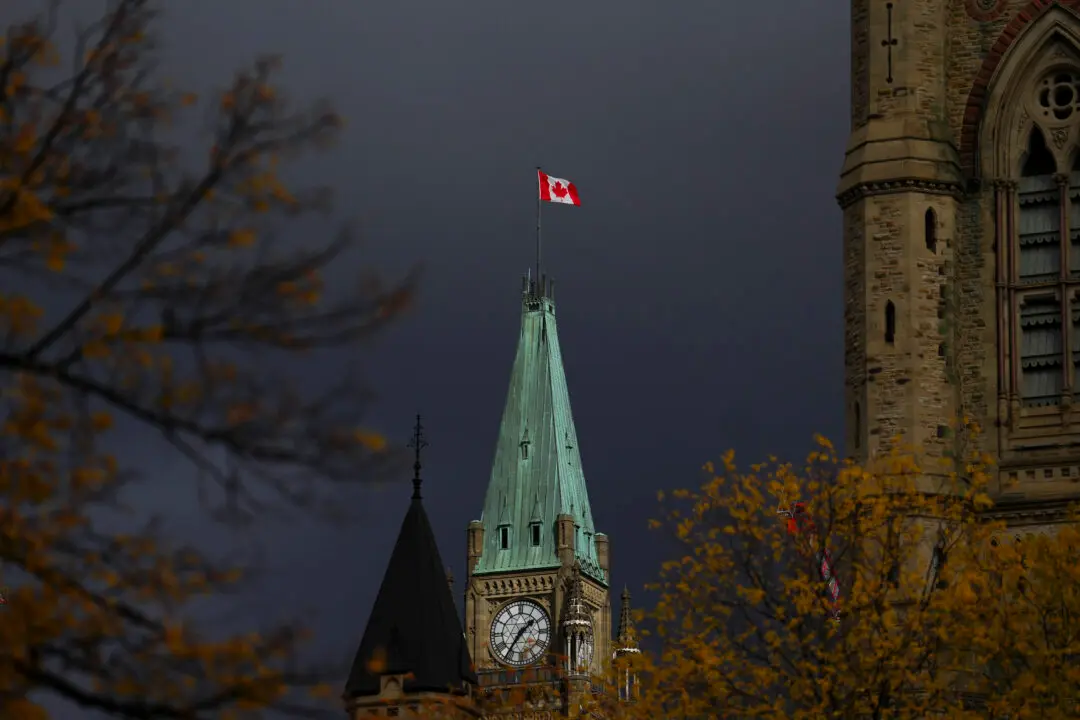While Canada has narrowly avoided falling into an economic recession since 2021, according to the definition of the term, a major bank has pointed out that this does not align with the reality many Canadians are facing.
The Canadian economy grew by just 0.4 percent in the first quarter of 2024, after posting no change in the fourth quarter of 2023, according to Statistics Canada. Since the established definition of a recession is two consecutive quarters of decline in economic activity, the country has technically avoided falling into one.





